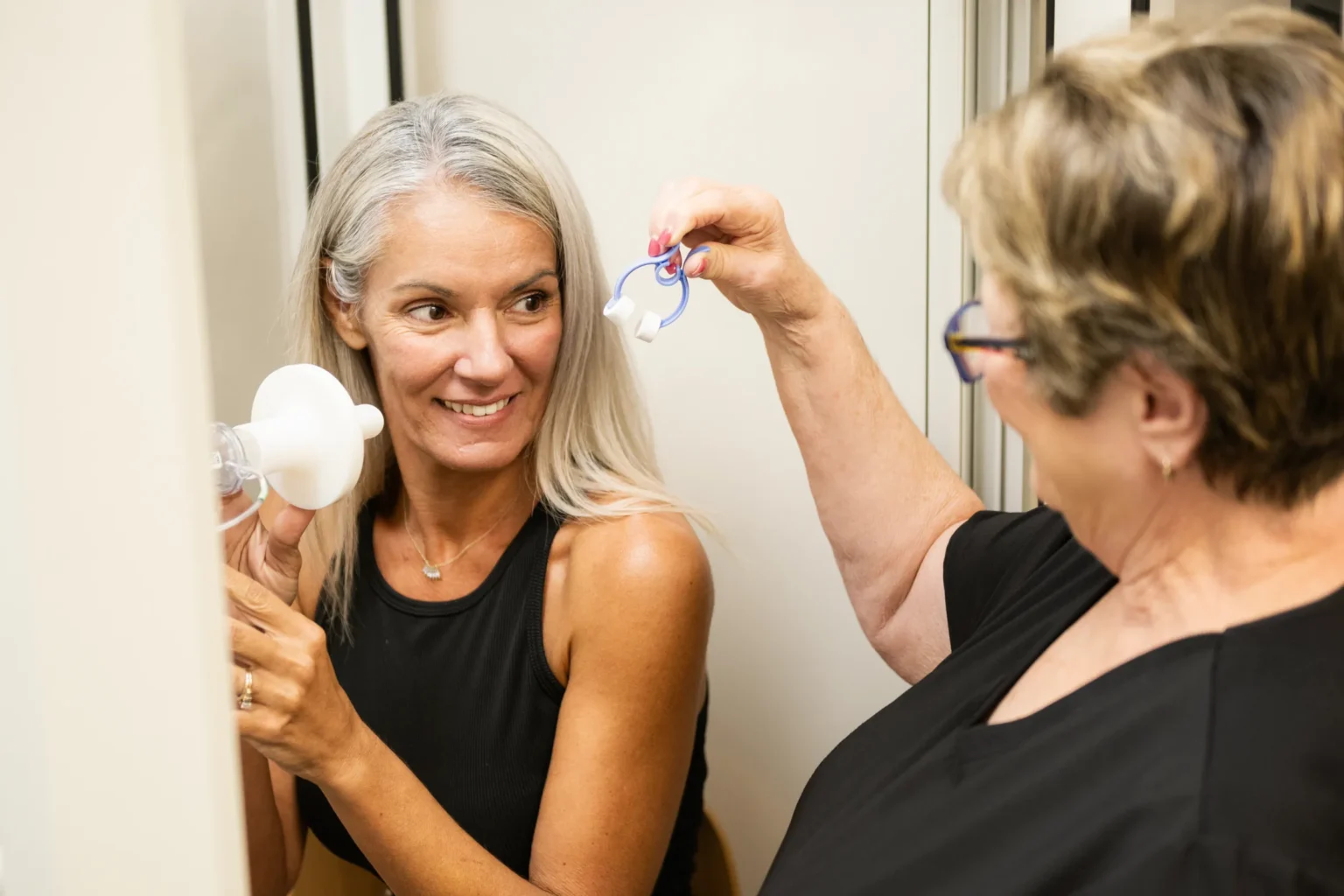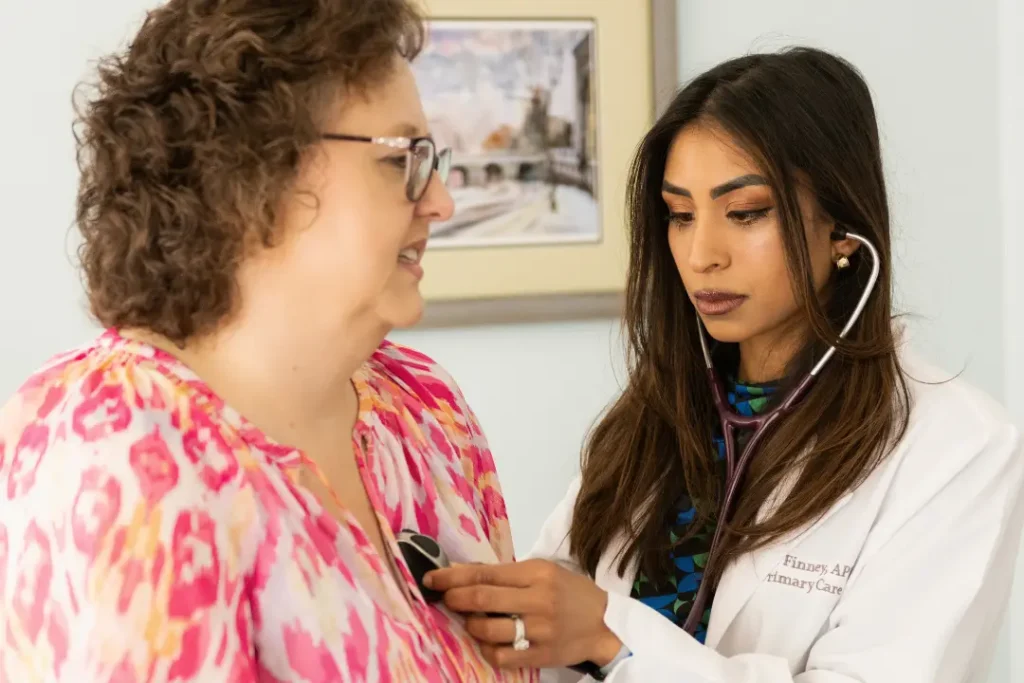Advanced Lung Disease and Transplantation
Advanced lung disease significantly impacts lung function.
Request An AppointmentRefer A Patient
Understanding Advanced
Lung Disease
Table Of Contents
Causes and Risk Factors
Several conditions can lead to advanced lung disease, including:
- Chronic obstructive pulmonary disease (COPD)
- Pulmonary fibrosis
- Cystic fibrosis
- Pulmonary hypertension
- Sarcoidosis
Risk factors include smoking, long-term exposure to environmental toxins, genetic predisposition, and underlying health conditions.

Symptoms and Diagnosis
Symptoms vary based on the underlying condition but may include:
- Persistent shortness of breath
- Chronic cough
- Wheezing or chest tightness
- Fatigue and reduced exercise tolerance
- Frequent lung infections
Diagnosis involves a comprehensive evaluation, including imaging studies, pulmonary function tests, and blood work to assess lung health and oxygen levels.
Treatment Options
Management strategies depend on the type and severity of lung disease. Common treatments include:
- Medications – Bronchodilators, corticosteroids, and antifibrotic drugs to reduce inflammation and improve breathing.
- Oxygen therapy – Supports oxygen levels in cases of severe impairment.
- Pulmonary rehabilitation – Combines exercise, education, and breathing techniques to enhance lung function.
- Surgical interventions – Procedures such as lung volume reduction may sometimes help.
For those with end-stage lung disease, lung transplantation may be an option when other treatments no longer provide relief. While Pensacola Lung Group does not perform lung transplants, we work closely with transplant surgeons to ensure patients receive the best possible follow-up care locally after their procedure.
Lung Transplantation: When is It Needed?
Lung transplantation is considered for patients with severe lung disease who have exhausted medical treatments. Candidates are evaluated based on:
- Disease progression and severity
- Overall health and ability to undergo surgery
- Response to prior treatments
A thorough assessment, conducted by a team of experienced professionals, helps determine if transplantation offers the best chance for improved lung function and quality of life, providing reassurance and confidence in the medical decision-making process.
Preparing for a Lung Transplant
The transplant process involves multiple steps:
- Medical evaluation – Assessing lung health, heart function, and overall fitness.
- Transplant waiting list – Matching with a donor based on medical criteria.
- Pre-transplant care – Optimizing health through medications, lifestyle adjustments, and rehabilitation.
Life After Transplantation
Recovery involves close monitoring, medication management, and lifestyle changes to support long-term lung function. Key aspects include:
- Immunosuppressive therapy – Prevents organ rejection.
- Regular follow-ups – Monitoring lung function and overall health.
- Lifestyle adjustments – Avoiding infections, maintaining a balanced diet, and staying active.
Lung transplantation can improve breathing and daily function, but lifelong care is essential to maintain transplant success.
Frequently Asked Questions
0
How long does a lung transplant last?
Outcomes vary, but many patients experience a significantly improved quality of life for years post-transplantation. Regular monitoring and medication adherence are crucial, but the potential for improved quality of life should bring optimism and hope to patients and their families.
0
What are the risks of lung transplantation?
Potential risks include organ rejection, infection, and complications from immunosuppressive medications. However, a dedicated transplant team provides ongoing care and support to manage these risks.
0
Who is eligible for a lung transplant?
Eligibility depends on the severity of lung disease, overall health, and the ability to follow post-transplant care requirements. A transplant team conducts thorough evaluations.
0
What can be expected during recovery?
Recovery involves hospitalization, rehabilitation, and ongoing medical supervision. With proper care, patients gradually regain strength and lung function.
For those facing advanced lung disease, expert care and treatment options provide hope for better breathing and improved well-being.

